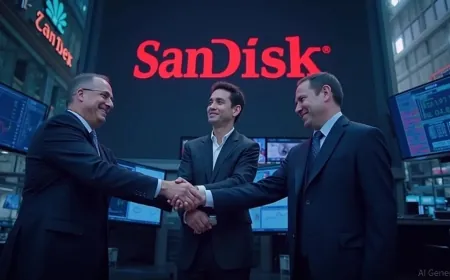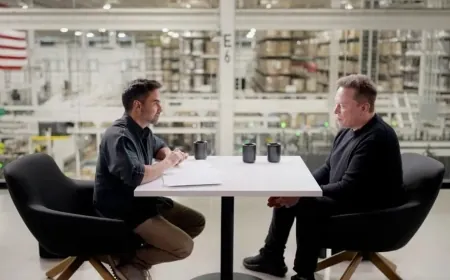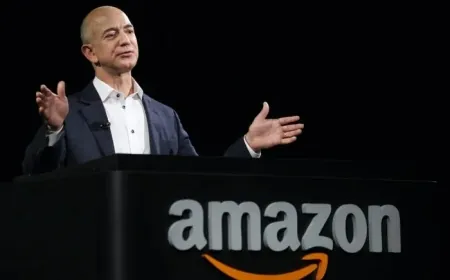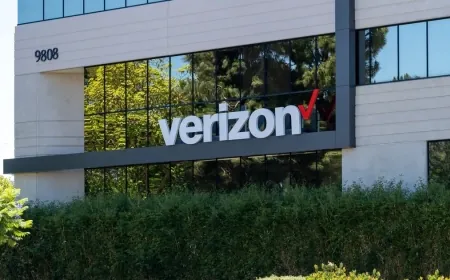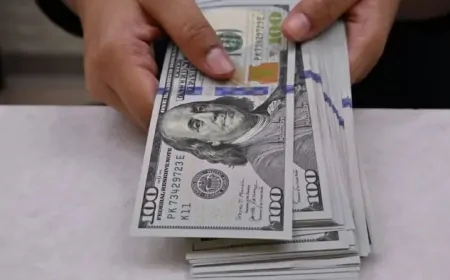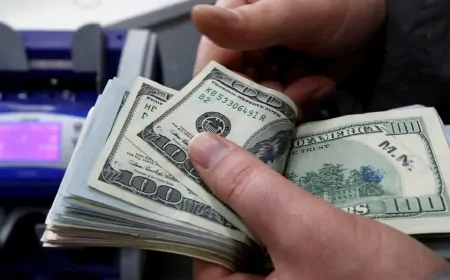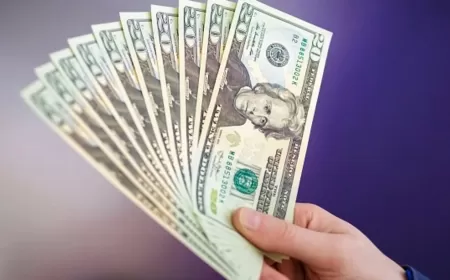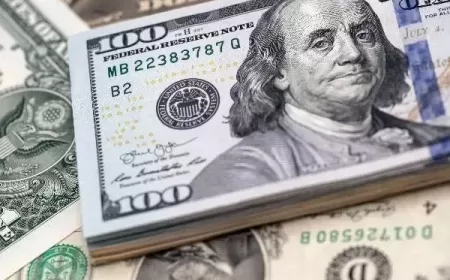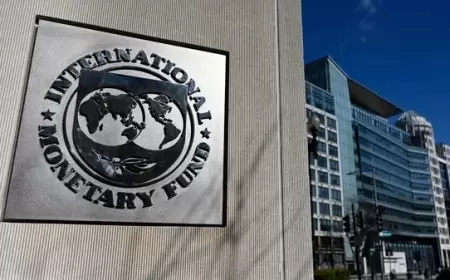Who Really Pays for Trump’s Tariffs? How Rising Prices Impact Consumers and Businesses in 2025
New Federal Reserve surveys show U.S. companies are raising prices due to rising import taxes under Trump’s tariff policy. Consumers are now directly paying more for everyday goods, from skincare to luggage.
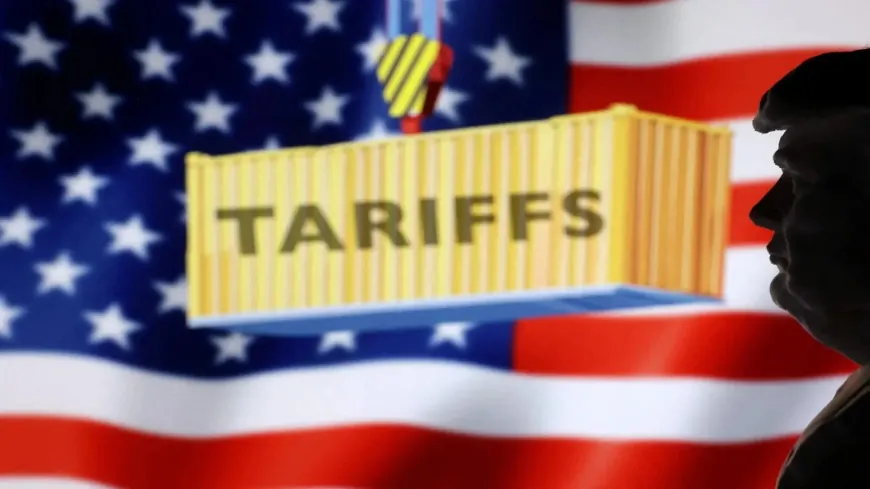
American consumers are starting to feel the impact of ongoing tariff policies, as more businesses raise prices to cover the rising costs of imported goods. Recent surveys by regional branches of the Federal Reserve show that companies are increasingly passing these costs onto customers, with some choosing to absorb part of the burden themselves.
According to a May survey by the New York Fed, many companies in New York and northern New Jersey—especially manufacturers and service providers—have raised prices in response to tariffs. One-third of manufacturers and 45% of service firms reported passing the full cost of tariffs on to consumers. Similarly, a separate April survey by the Atlanta Fed found that nearly 20% of businesses would pass on the entire cost of a 10% tariff, with most others passing on at least part of the increase.
These price hikes are tied directly to President Donald Trump’s aggressive tariff strategy, which includes a mix of 10% and 25% import taxes on a wide range of goods, from consumer products to foreign automobiles. As of last week, the average tariff rate on imported goods had climbed to 15.6%, based on data from the Yale Budget Lab.
This shift has led to significant consequences for household budgets, especially as more companies begin to openly communicate with customers about why their prices are rising. From email notifications to public statements, many businesses are pointing to tariffs as the driving factor behind these changes.
Some companies are choosing to soften the blow by absorbing part of the added cost, while others are being more direct. French skincare brand Typology informed customers it was making small price increases—between 0.5% and 4.5%—due to tariff-related expenses. Children's toy brand Tonies announced that the price of some of its products would jump from $14.99 to $19.99.
Meanwhile, luggage company BÉIS took a blunt and viral approach. In an email that made waves on LinkedIn, the company described the tariff situation as a “complete dumpster fire” and told customers to expect price hikes as a result. “Costs are up, and unfortunately our prices will have to follow suit,” the message read.
Beyond individual companies, the Federal Reserve's Beige Book—a collection of business insights from across the country—confirms a broader trend of rising prices linked to tariffs. Businesses in multiple industries are adjusting pricing models to cope with increased import costs, with consumers ultimately bearing much of the weight.
The White House has pushed back against claims that tariffs are hurting everyday Americans. In April, Amazon faced criticism from the Trump administration after suggesting it might label tariffs on product prices. Walmart also came under fire after its executives warned that tariffs would lead to higher prices—a statement that prompted the President to urge the retailer to absorb the costs instead.
Despite the political debate, one message is coming through loud and clear from U.S. businesses: tariffs are making goods more expensive, and consumers are the ones paying the price.
What You’re Paying More For Because of Tariffs
As of June 2025, businesses across the United States are facing increased import costs due to the expansion of tariffs introduced during Donald Trump’s administration. New data from the Federal Reserve, Yale Budget Lab, and company disclosures reveal significant price hikes across a broad range of sectors. Here’s a detailed look at where those increases are hitting consumers the hardest:
Industrial and Manufacturing Inputs
-
Steel and Aluminum: With tariffs on steel raised to 50% in early June, manufacturers are experiencing sharp cost increases, directly impacting prices on appliances, cars, and infrastructure-related materials.
-
Machinery and Equipment: Factories, construction firms, and farms report around a 20% rise in equipment costs, with most passing on some or all of the burden to buyers.
Consumer Products
-
Automobiles: A 25% tariff on imported vehicles and auto parts has led to an estimated average price increase of $5,400 to $6,100 per car.
-
Electronics and Appliances: Laptops, smartphones, washing machines, and other electronics have seen substantial price hikes. Analysts report that companies are passing on around 50% of increased costs to consumers.
-
Furniture: Metal and wood furniture imported from China and other regions has seen price increases of up to 20% due to ongoing trade restrictions.
Retail and Lifestyle Goods
-
Apparel and Footwear: Tariffs on textiles and finished clothing goods have driven prices up by an average of 15–17% in the long term. Retailers like Nike and Adidas have publicly flagged these increases.
-
Luggage and Bags: Brands such as BÉIS have raised prices and directly attributed those hikes to unpredictable tariff costs.
-
Skincare and Beauty Products: Companies like Typology reported raising prices between 0.5% and 4.5% due to increased packaging and import expenses.
Children’s Products
-
Toys and Educational Devices: Tonies, which produces audio storytelling devices for kids, increased product prices from $14.99 to $19.99, explicitly citing tariff-related costs.
Groceries and Agriculture
-
Grocery Prices: Packaging and farm equipment tariffs have led to higher production and distribution costs. Average grocery prices have increased between 2% and 2.6%, with produce seeing a sharper rise of about 5%.
-
Agricultural Inputs: Fertilizers, seeds, and machinery imported under tariffs have pushed up costs for farmers, affecting both wholesale and retail food pricing.
Services and Supply Chain Operations
-
Logistics and Freight Services: Increased duties on imported goods have raised supply chain costs, leading many service firms to adjust their pricing structures accordingly.
-
Retail and Repair Services: Businesses that depend on imported parts or goods—like electronics repair shops—have quietly increased prices to offset rising costs.
| Category | Average Price Increase | Cause/Source of Increase |
|---|---|---|
| Steel & Aluminum | Up to 50% | New tariffs on raw materials |
| Vehicles | $5,400–$6,100 per unit | 25% auto import tariffs |
| Electronics & Appliances | 26–46% component cost rise | Parts and materials tariffs |
| Apparel & Footwear | 15–17% increase (long term) | Tariffs on textiles and finished goods |
| Groceries | 2–2.6% overall, 5% for produce | Indirect input and packaging cost hikes |
| Skincare & Cosmetics | 0.5–4.5% increase | Tariffs on packaging and raw ingredients |
| Luggage and Travel Goods | Up to 19% | Direct price increases due to tariffs |
Recent Federal Reserve surveys confirm that nearly three-quarters of U.S. companies are passing on at least some of their tariff-related costs to customers. In industries where margins are already tight—like consumer goods and manufacturing—many businesses say they have no choice but to raise prices to stay afloat. As tariff rates now average over 15% nationwide, American households are increasingly absorbing the financial fallout through higher prices on everyday essentials and durable goods.
Also Read: 4.2 Million Americans Hit Retirement Age in 2025 — The Biggest Wave in History!








